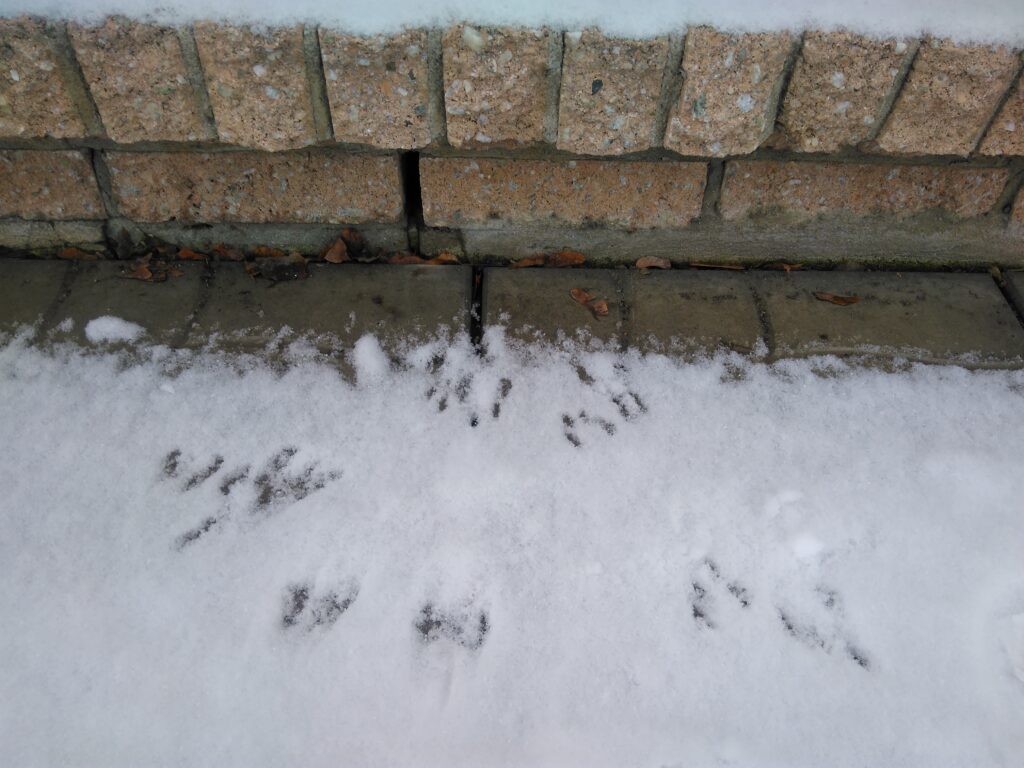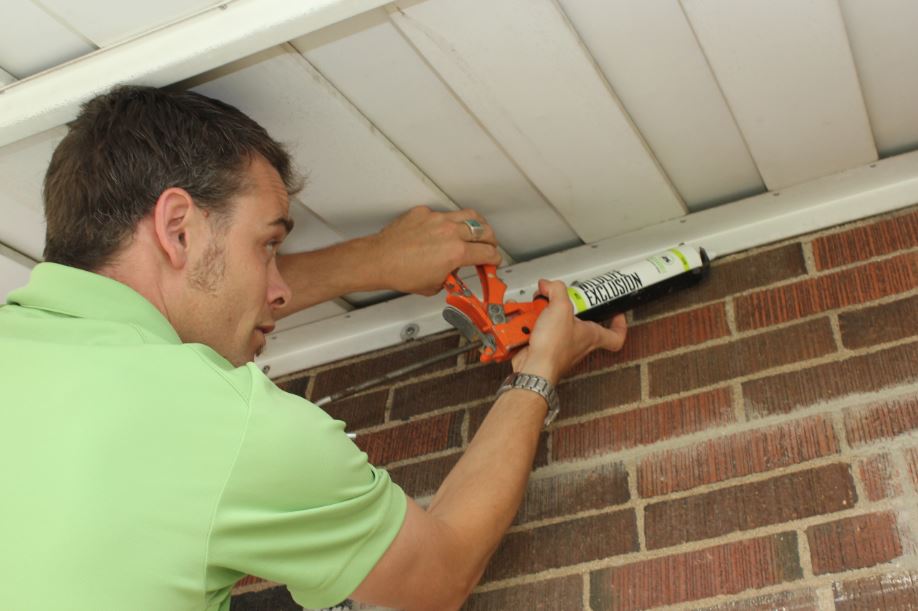When mice decide to share your home with you, their ability to breed quickly and create huge colonies can have a negative effect on your property and introduce a variety of problems for your family. Every 21 days a new litter of babies will be born, allowing for the infestation to grow quickly without immediate removal. Here at Skedaddle Humane Wildlife Removal, we can assist you with humane mouse removal and walk you through the process to provide you with peace of mind that any rodent problem will not return once we treat your home.
1. We Assess the Problem
You may suspect a mouse issue for several reasons, such as finding droppings in your attic or behind stored items. Our technicians can help you verify the problem by inspecting your home for other signs of mouse activity before taking any action, and they will do so in several ways.
Our technicians will follow up on any reports you have about mouse droppings, such as where you found them, if any new droppings have shown up in other areas of the home and whether you encountered any live mice in those places. Our techs can also inspect your property to trace mice back to their nesting areas so they can take the next step in removing these rodents in a humane way. Our technicians will be sure to assess each of the areas the mice have been travelling and entering through in order to ensure all traces of their bacteria and nesting materials are removed.
2. Removing Nesting Material
Mice are likely to nest anywhere it is dark, warm and relatively quiet so they can breed and raise their pups away from people and pets, although they usually venture out at night to find food. They forage for food crumbs in your kitchen and often help themselves to dog and cat kibble left out for your pets and take it back to their nest.
Mice usually use several different items to make their nests, but their favourites include old boxes, discarded clothing and interior fibreglass insulation, which they pull from interior walls or from ceilings. The nests usually carry a strong, foul odour, which you might notice before you actually see any nests. Mice can cause considerable damage when they begin to chew electrical wires. With exposed wires and dry nesting material present, a serious fire hazard is created inside the home. This is why finding and removing active nests and any materials left behind is an important step in protecting your family and your home.
3. Finding and Sealing Entrances

Perhaps you considered store-bought mouse methods, such as traps and bait, but in most cases, this only resolves issues with a few specimens while the rest of the colony continues to grow out of sight. Mice can easily carry poisons to other locations, creating a dangerous situation for any other pets or animals in the area. Our process affects the entire colony once we remove mouse nests around your home and trace the paths mice use to travel in and out of your home. Removing their ability to re-enter your home and allowing them to exit but not re-enter your home keeps these rodents outside where they belong.
Our technicians further practice humane techniques by sealing cracks and crevices where mice might enter while in search of food. This prevents mice from encroaching and encourages them to search elsewhere for food.
4. Preventing Future Encroachment
You might ask our techs, “What is humane mouse removal and how is it different from other techniques? How are mice removed without poisons or traditional baits?” Generally, our process consists of preventative measures to safeguard your home so mice can’t get back in to make any new nests.
Once our mice removal technicians clean out nests and any live specimens, they can provide you with a few tips to discourage mice from invading your property. Storing food, including pet kibble, correctly in air-tight containers, keeping your kitchen counters clean and cutting back vegetation in your yard may all keep mice from targeting your home as a safeguard from the elements and natural predators.
If you suspect mice are moving in, do not hesitate to reach out for help. Call us toll-free or fill out our contact questionnaire today so our mice removal technicians can assist you as soon as possible.



